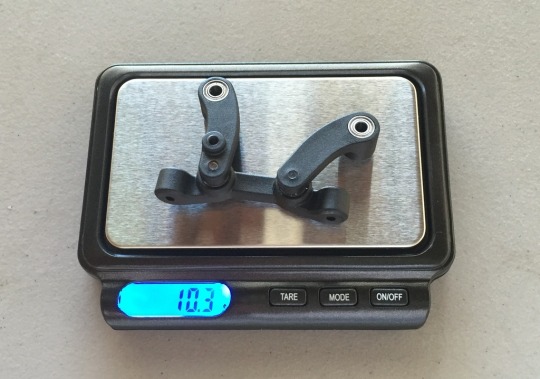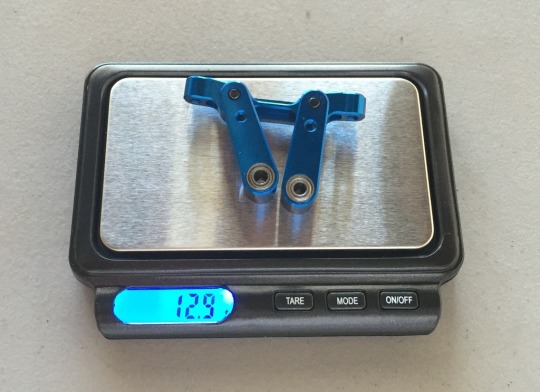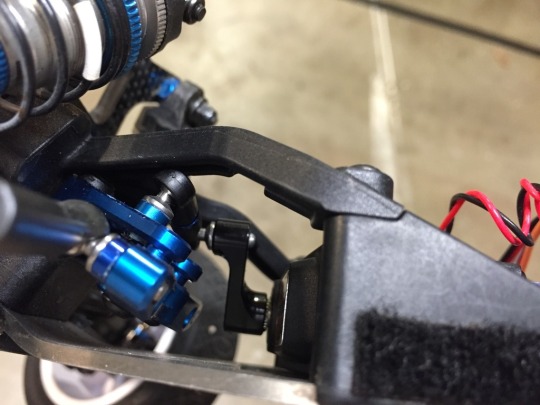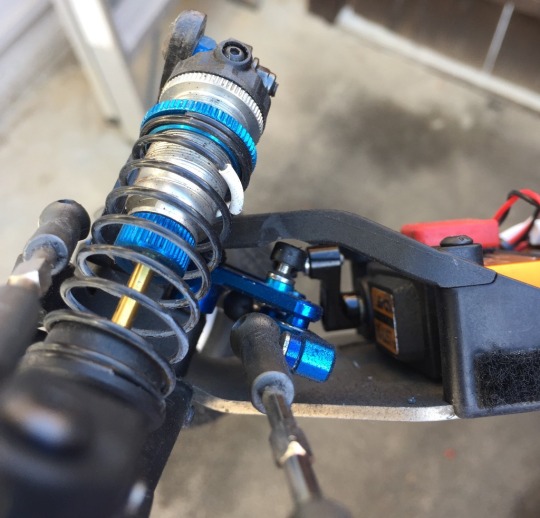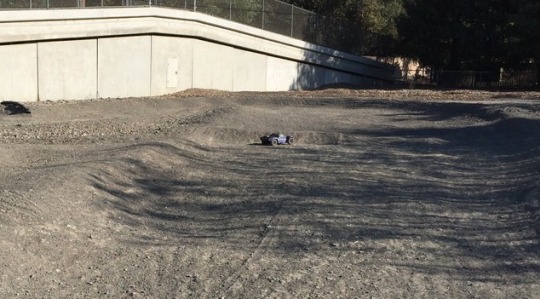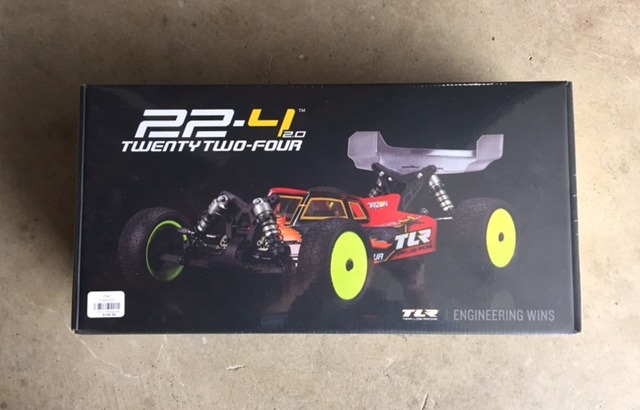
I’ve been thinking about getting a 4WD buggy for a few months now, it’s the only 1/10 scale class I haven’t owned.
There are a lot of competitive wheelers on the market today, nearly all of them are good. They each have their pros and cons. Of the ones on the market:
- Team Associated B44.3 - this buggy is ancient, is non-metric, and is likely to be replaced soon by a new platform. It’s also the least competitive buggy on the market and has a fair number of issues I didn’t want to deal with.
- Xray XB4 - a very good buggy, but quite expensive and Xray updates their vehicles every year. I wanted something that wouldn’t be outdated in 6 months.
- Hotbodies D413 - unfortunately the parent company has financial issues, and it’s not very well supported in terms of replacement parts. It’s also 3 years old at this point. Still a good buggy, but I was looking for something newer.
- Kyosho ZX6.6 - not quite on the market yet, but the very high price tag ($579) put it out of reach of what I was able to afford. It also comes with ball diffs and I was looking for gear diffs.
- Yokomo YZ-4 - I don’t know much about this buggy, but it’s difficult to get parts in the U.S. I believe only Amain can get parts for this buggy.
A Halloween sale at my local hobby store and the buggy coming back into stock sealed the deal and I am now a proud owner of a TLR 22-4 2.0. It will probably be a week before I am able to build the buggy, but stay tuned for a review in a month or so.
